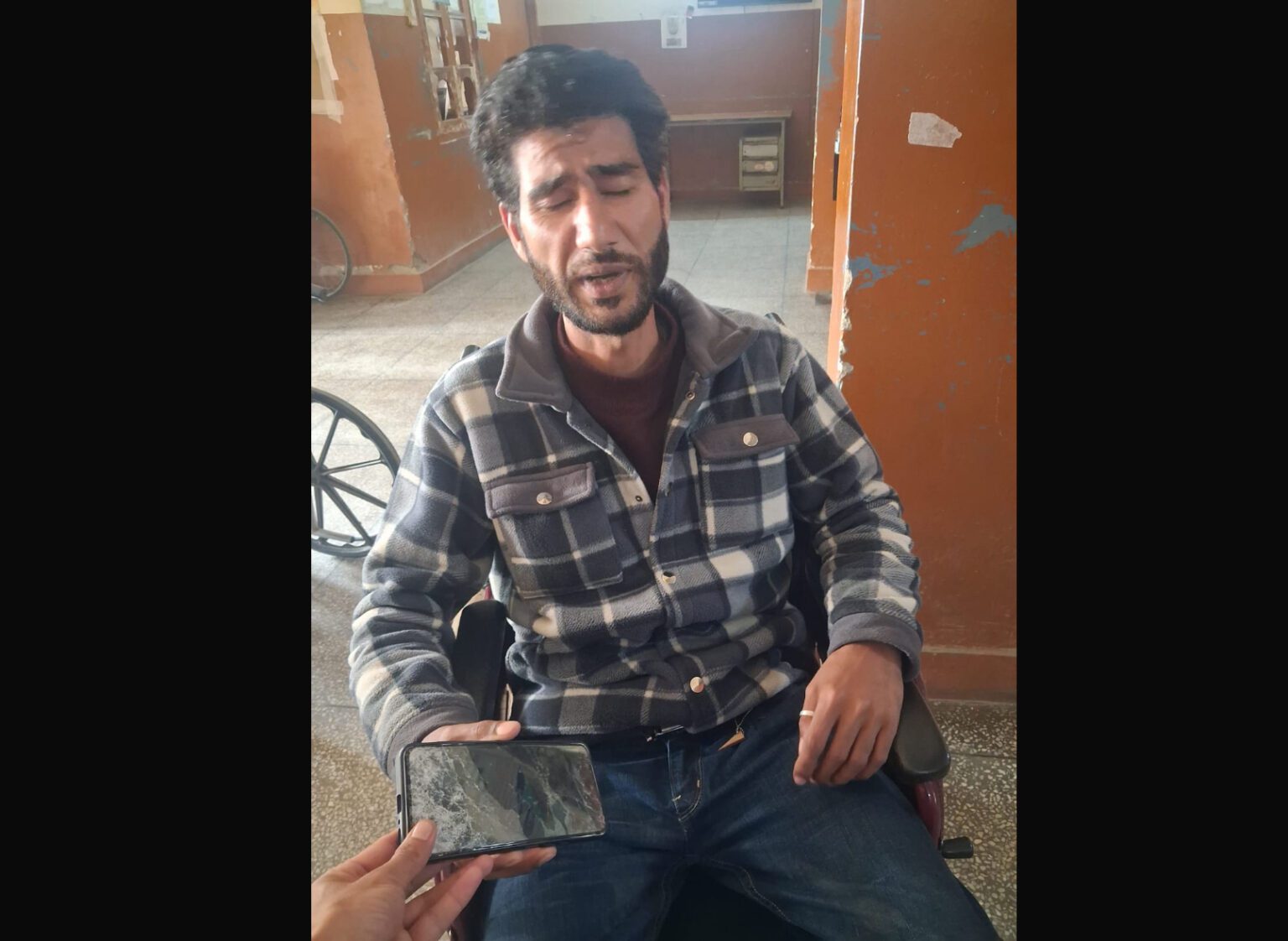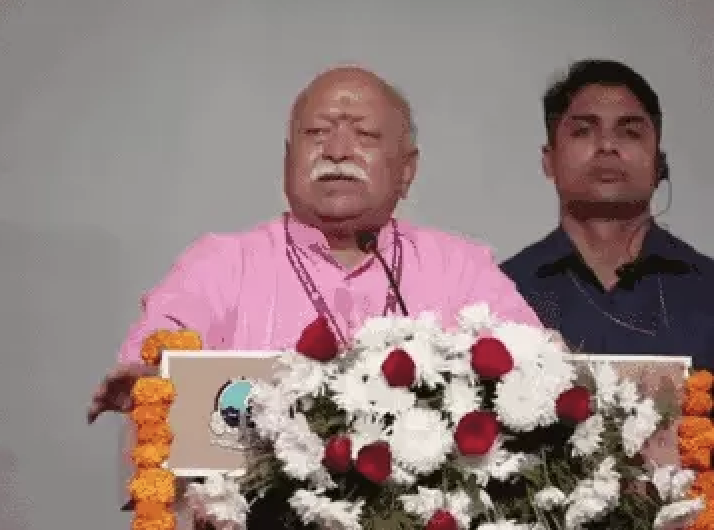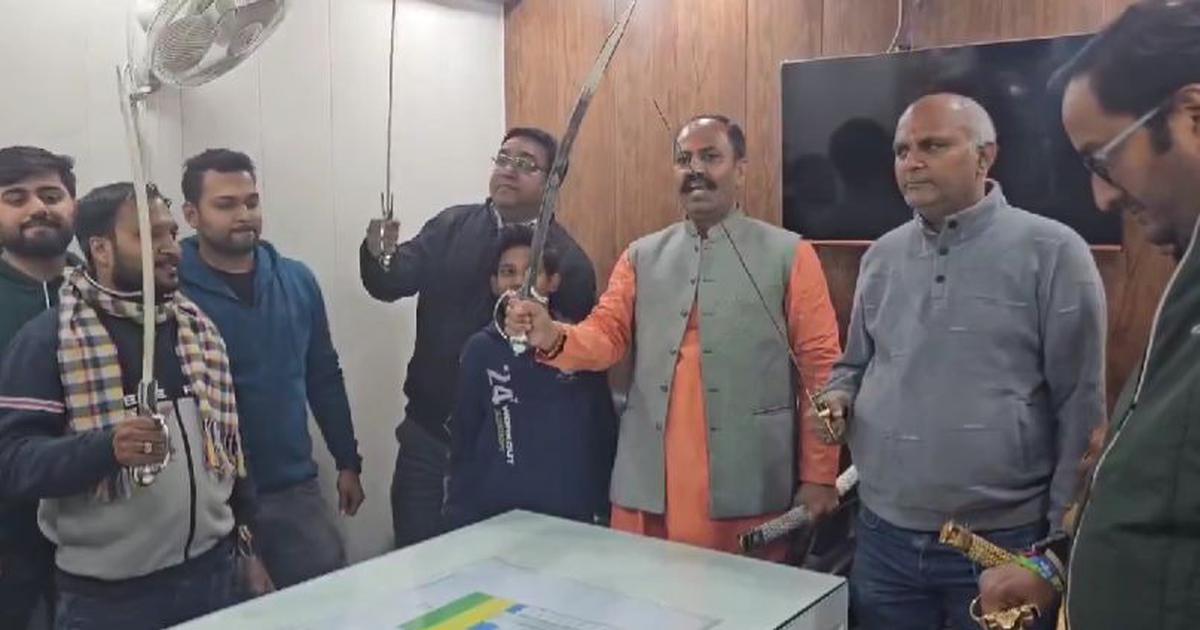M R Shamshad

In 1994, the Supreme Court of India said that, “within a short time, the entire structure was demolished and razed to the ground. Indeed, it was an act of ‘national shame’. What was demolished was not merely an ancient structure; but the faith of the minorities in the sense of justice and fair play of majority.” A contempt petition against the then UP chief minister, Kalyan Singh, is still pending. The criminal proceeding for the conspiracy to demolish the structure is also pending before the court of first instance.
While passing the final decree, the Supreme Court found that namaz was offered in the mosque and the last Friday namaz was offered on December 16, 1949. Muslims were excluded from worship and possession thereafter and the mosque was desecrated by the installation of Hindu idols. The ouster of Muslims on that occasion was not through lawful authority.
The mechanism adopted to dispossess Muslims was a conspiracy of the local administration led by the then District Magistrate of Faizabad, K K Nayar. In a book review, Rajiv Dhavan, quotes a 1950 statement of Nayar. Nayar said: “It was done through proper planning. Guru Dutt Singh and I were the initiators and the civil judge was a collaborator. We were apprehensive that even if we did something, the court might stay it. That time Thakur Bir Singh was the civil judge of Faizabad. One day we met the civil judge, told him about our planning and sought his co-operation in it. He said he would certainly like to cooperate as it was being done for the sake of Lord Rama but the entire thing would have to be done within the limits of the law.” Later, Nayar was elected to Parliament on a Jana Sangh ticket.
Immediately thereafter, the mosque building was attached by the city magistrate and in January 1950, in a civil suit, the court passed an interim order restraining Muslims from removing idols from the mosque and from interfering with puja. After five years, the high court dismissed the appeal against this order. Meanwhile, the then UP government admitted in its written statement that on the night of December 22, 1949, the idols of Lord Ram were surreptitiously and wrongly put inside Babri Masjid.
The issue faded away from public glare, until a politically manoeuvred twist on January 25, 1986, when a stranger to the case moved an application in the court of civil judge for opening the locks at the time when the entire record of the case was with the high court in an appellate proceedings. The civil judge refused but the district judge reversed the order on appeal on February 1, 1986. Within half an hour, the locks on the gates of the Babri Masjid were broken open at about 5.00 pm for darshan. Immediately, this order was challenged before the high court, but the court also maintained the status quo.
After all this, in 1989, a fresh suit was filed before the civil judge to claim that Lord Ram was born just below the central dome of the Babri Masjid. At the same time in 1989, on the UP government’s request for the transfer the cases to a special court of three judges of the Allahabad High Court, all cases were sent to the high court, surpassing one court of competent jurisdiction. This was seemingly to expedite the adjudication, though with consent of the parties. All this while, puja and darshan were allowed and the high court had refused to interfere with the orders facilitating the same. But namaz was not allowed, even though every party before the courts had admitted that the mosque had stood there for about 300 years. The pending case against the 1986 order of the district judge was not taken up for expedited hearing. Even thereafter, the Allahabad High Court did not do anything to correct the wrong that had happened to the mosque, except the final judgment of 2010, when its decision was virtually in favour of the temple.
Our representatives in Parliament have also shown discriminatory bias on at least two glaring occasions. First, as per a legislation called the Places of Worship Act, 1991, the religious character of a place of worship existing on the August 15, 1947 shall continue to be the same as it existed on that day. The Supreme Court and the state agreed with the contention of Muslims that till December 16, 1949, Muslims were offering namaz. Hence, it was a mosque in 1947. However, Parliament placed the Babri dispute under one of the exceptions. This was arbitrary and irrational.
Second, in 1993, Parliament passed the Acquisition of Certain Area at Ayodhya Act, 1993 for acquisition of 67.703 acres of land in the Ram Janmabhoomi-Babri Masjid complex. This also made the puja and government’s control over the place of mosque a permanent affair. Through this act, the lands of Muslim graveyards was also acquired, the challenge to which was dismissed by the Supreme Court in 1994. This legislation was tilted in favour of Hindutva politics. This entire land has now gone in favour of the temple after the Supreme Court permitted the administration to allocate land to a mosque at any “prominent place” in Ayodhya. This direction was against the spirit of the judgment of the five-judge bench in 1994.
Today, the Supreme Court is clear in its finding that no temple was demolished to construct the Babri Masjid, Muslims were dispossessed forcefully and unlawfully, and the mosque was desecrated by the installation of Hindu idols on December 22, 1949, but even then it is no longer a mosque.
After 26 years of the observation of “national shame”, the mainstream political leadership is celebrating the laying of the foundation of the Ram temple with national pride. This is a direct assault on logic, wisdom and the constitutional setup of our nation. This issue of constitutional principles was contested by Muslims largely with the help of secular Hindus. Now, it is for history to judge the path adopted by the system and institutions in achieving this moment of pride.
The writer is advocate-on-record at the Supreme Court of India.
This story first appeared on Indian Express here.






